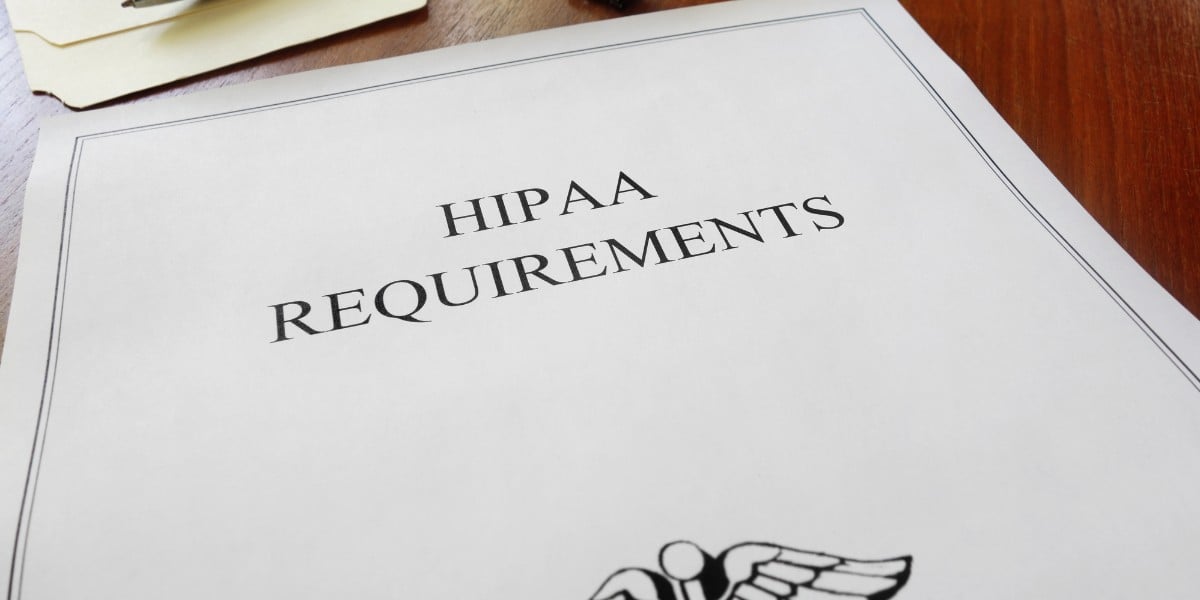2 min read
The role of user authentication in maintaining HIPAA compliance
Liyanda Tembani
October 23, 2023

User authentication verifies the identity of users and ensures that they have the necessary permissions to access ePHI.
HIPAA compliance requires secure access to electronically protected health information (PHI). User authentication supports HIPAA compliance by controlling access, assigning unique identifiers, managing passwords, protecting devices, enabling audits, and swiftly terminating accounts when personnel changes occur.
HIPAA regulations and requirements
HIPAA consists of various rules, among which the HIPAA Security Rule is central to ensuring the privacy and security of ePHI. This rule establishes the requirements for healthcare organizations, including access control, unique user identification, password management, workstation and device security, audit controls, transmission security, and account termination. Each of those requirements protects ePHI, and user authentication connects them.
User authentication and its role in HIPAA compliance
Here's how user authentication connects to some of the HIPAA requirements:
- Access control: User authentication is the foundation of access control. It ensures that only authorized individuals, such as healthcare professionals and staff, can access ePHI, preventing unauthorized users from entering the digital domain containing sensitive patient data.
- Unique user identification: HIPAA mandates that each user accessing ePHI is assigned a unique identifier. User authentication systems provide these unique identifiers, enabling healthcare organizations to track who accessed ePHI and their actions, facilitating accountability and compliance.
- Password management: Secure password practices in user authentication prevent unauthorized access due to weak or compromised passwords.
- Workstation and device security: User authentication ensures that only authorized personnel can access ePHI and enables tracking of who accessed devices through audit controls.
- Audit controls: HIPAA requires organizations to implement audit controls, generating and reviewing audit logs of system activity. Every time a user authenticates, their unique identifier is recorded along with their actions, providing an audit trail that ensures compliance.
- Account termination: User authentication mechanisms help ensure that accounts are promptly terminated, preventing former employees from accessing ePHI.
User authentication methods for HIPAA compliance
Several user authentication methods are employed to meet HIPAA requirements:
- Password-based authentication: Users provide a username and password for access. The strength of the password is critical for security.
- Multi-factor authentication (MFA): MFA requires users to provide multiple forms of authentication.
- Biometric authentication: Biometrics, like fingerprints and facial recognition, offer highly secure and convenient methods for user identification.
- Token-based authentication: Tokens, whether physical or virtual, provide time-limited codes for login, adding an extra layer of protection.
- Single sign-on (SSO): SSO streamlines the user experience, allowing users to access multiple systems with a single authentication.
Best practices for healthcare organizations
To ensure robust user authentication and HIPAA compliance, healthcare organizations should consider the following practices:
- Implementing user authentication methods, such as MFA and biometric authentication.
- Educating healthcare professionals and staff on secure authentication practices.
- Conducting regular security audits to ensure ongoing compliance and data protection.
Subscribe to Paubox Weekly
Every Friday we'll bring you the most important news from Paubox. Our aim is to make you smarter, faster.




